5 Components That Keep a Septic System Functioning Smoothly
When it comes to maintaining your home’s plumbing and sanitation, septic systems play a vital role—especially in areas without access to municipal sewage. While these systems are often out of sight and out of mind, understanding the key components that keep them working smoothly can save you from costly repairs and unpleasant surprises down the line. Septic systems are designed to treat and dispose of household wastewater safely. They operate quietly beneath your yard, but their performance depends on several important parts working together. In this blog, we’ll walk you through the five essential components that keep a septic system functioning properly, helping you take better care of yours.
1. The Septic Tank: The Heart of the System
The septic tank is the central component of any septic system. It’s essentially a large underground container, typically made of concrete, fiberglass, or plastic, where wastewater from your home first arrives. The tank’s job is to separate solids from liquids, allowing heavier solids to settle at the bottom as sludge and lighter materials like oils and grease to float to the top as scum. Between these layers is a clear zone of liquid known as effluent, which flows out of the tank and into the drain field for further treatment.
The tank also contains bacteria that naturally break down organic matter, helping reduce the volume of solids. Because the septic tank handles all the wastewater from your household, its size and capacity must be appropriate for your home’s usage to prevent overflow and inefficiency. Keeping your septic tank in good condition is crucial because if it gets too full or clogged, untreated sewage can back up into your home or pollute the environment. Regular pumping and inspection ensure that the sludge and scum layers don’t build up excessively, allowing the system to function efficiently and prolonging its overall lifespan.
2. The Inlet and Outlet Pipes: Guiding Wastewater Smoothly
Although often overlooked, the inlet and outlet pipes play a critical role in managing wastewater flow within septic systems. The inlet pipe brings wastewater from your home’s plumbing into the septic tank, while the outlet pipe carries the treated effluent out to the drain field. Proper installation and maintenance of these pipes are essential. If the inlet pipe is blocked or damaged, wastewater won’t enter the tank properly, causing backups.
Similarly, a clogged outlet pipe can prevent effluent from leaving the tank, leading to overflow and system failure. Sometimes, these pipes can become clogged by tree roots, grease buildup, or solids that haven’t properly broken down. Additionally, shifting soil or ground movement over time can cause these pipes to crack or become misaligned, further disrupting flow. It’s also important to avoid flushing items like wipes, feminine hygiene products, or large amounts of food waste down the drains, as these can contribute to pipe blockages. Ensuring the inlet and outlet pipes are clear during routine inspections helps maintain the proper flow of wastewater and prevents costly repairs that could otherwise be avoided with timely maintenance.
3. The Drain Field: Where Final Treatment Happens
Once wastewater exits the septic tank, it moves into the drain field—also called the leach field—which is a network of perforated pipes buried underground, surrounded by gravel or sand. The drain field is where the liquid effluent receives its final treatment before being absorbed into the soil. As the effluent slowly trickles through the soil, natural biological processes filter and purify it, removing harmful bacteria, viruses, and nutrients. This makes the drain field a critical component for protecting groundwater and nearby water sources. Because the soil acts as a natural filter, the quality and type of soil in your area can significantly impact how effectively the drain field performs. Sandy or well-draining soils typically allow better absorption, while clay-heavy soils may cause drainage problems.
It’s important to protect the drain field by avoiding excessive water use, not parking vehicles or placing heavy objects over it, and keeping roots and deep-rooted plants away from the area. Roots can infiltrate pipes, causing blockages or damage that can lead to costly repairs. Damage or oversaturation of the drain field can cause effluent to surface, creating unpleasant odors and health hazards. Proper maintenance and mindful water usage help ensure your drain field remains healthy and functional for years to come.
4. Bacteria: The Natural Waste Processors
Septic systems rely heavily on beneficial bacteria to break down solid waste and keep the system running smoothly. These bacteria digest organic matter in the septic tank, converting it into simpler substances that settle or float, reducing the amount of sludge and scum. Without these bacteria, solids would accumulate much faster, and the tank would fill up quickly, leading to blockages and system failures. Maintaining a healthy bacterial population is crucial because these microorganisms are the natural cleaners of your system, working around the clock to keep everything flowing properly.
Homeowners should avoid using harsh chemicals, excessive antibacterial soaps, or drain cleaners, as these can kill the helpful bacteria and disrupt the system’s delicate balance. In addition, introducing non-biodegradable materials or pouring grease and oils down the drain can further harm the bacterial environment. According to Today’s Homeowner, most septic systems last 15 to 40 years, and many can last longer with regular maintenance. A big part of that maintenance is preserving the natural bacteria that keep your system healthy and functioning over time.
5. The Access Ports and Inspection Openings: Keeping Tabs on Your System
Although hidden underground, your septic system has access points designed for easy inspection, maintenance, and pumping. Access ports and inspection openings allow septic professionals to monitor the condition of the tank and check sludge and scum levels. Regular inspections through these access points help catch issues early before they become serious problems. For example, a professional can detect cracks, leaks, or signs of system overload that might not be visible above ground. Homeowners should know where these access points are located and ensure they remain unobstructed for easy access during service visits. Routine inspections every 3 to 5 years, depending on usage, are recommended to keep your septic system in top shape.
Septic systems might work quietly in the background, but their proper functioning depends on several important components working together seamlessly. The septic tank, inlet and outlet pipes, drain field, beneficial bacteria, and access points all play key roles in treating your household wastewater safely and efficiently. Understanding these parts helps you appreciate why regular maintenance, careful use, and timely inspections are essential. Neglecting any component can lead to costly repairs or even system failure, but with proper care, your septic system can serve your home reliably for decades.
Remember, septic systems are designed to last — according to Today’s Homeowner, most systems last 15 to 40 years, and many can last longer with consistent maintenance. By staying informed and proactive, you’re investing in the health of your home, your family’s safety, and the environment. If you’re unsure about the condition of your septic system or need routine pumping or inspection, don’t hesitate to contact a trusted local professional. With the right care, your septic system will continue functioning smoothly for years to come.
For expert septic system maintenance and reliable pumping services, trust Reliable Septic & Services to keep your system running smoothly. Contact us today to schedule an inspection or service and protect your home from costly repairs!
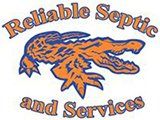
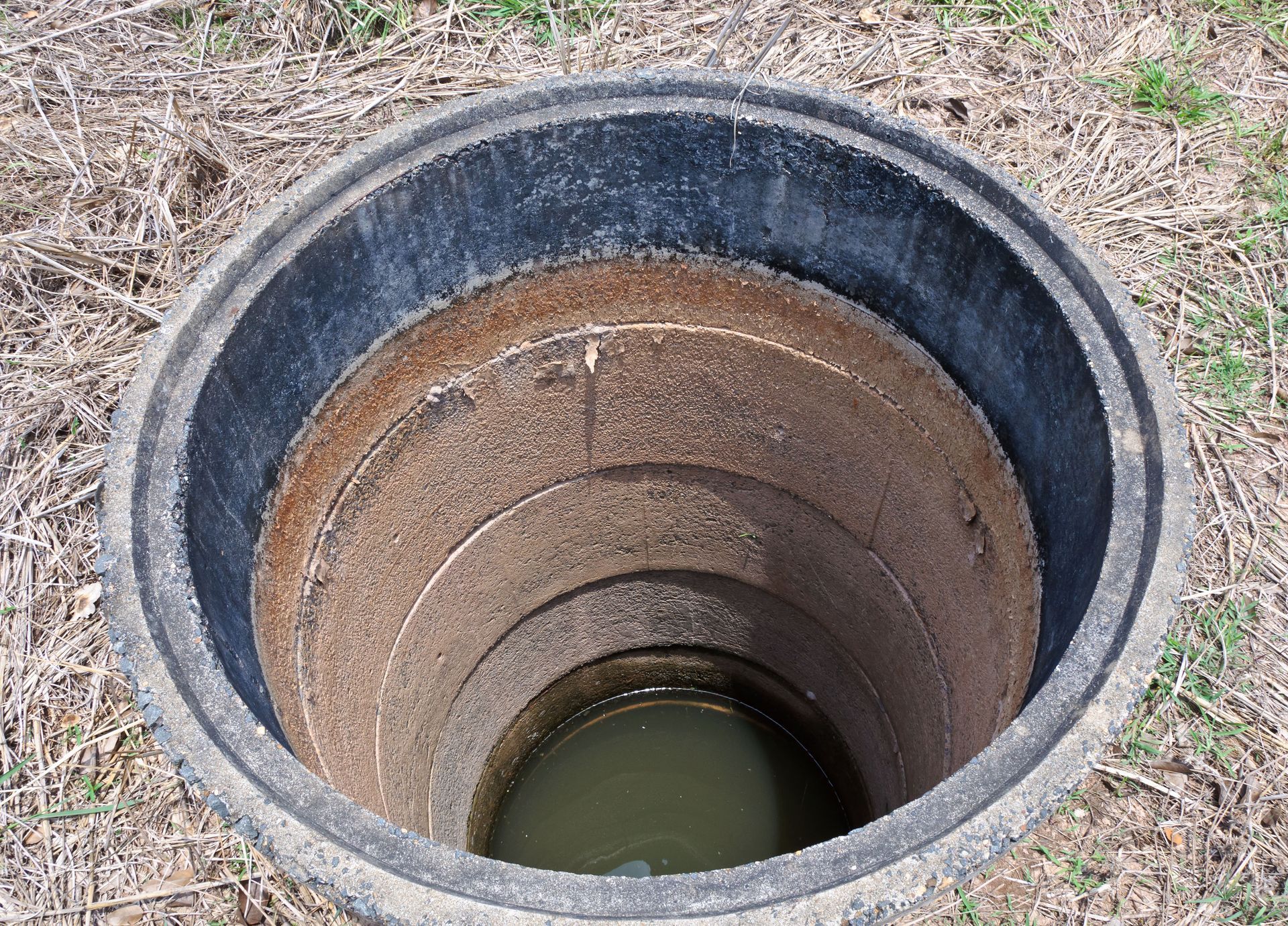
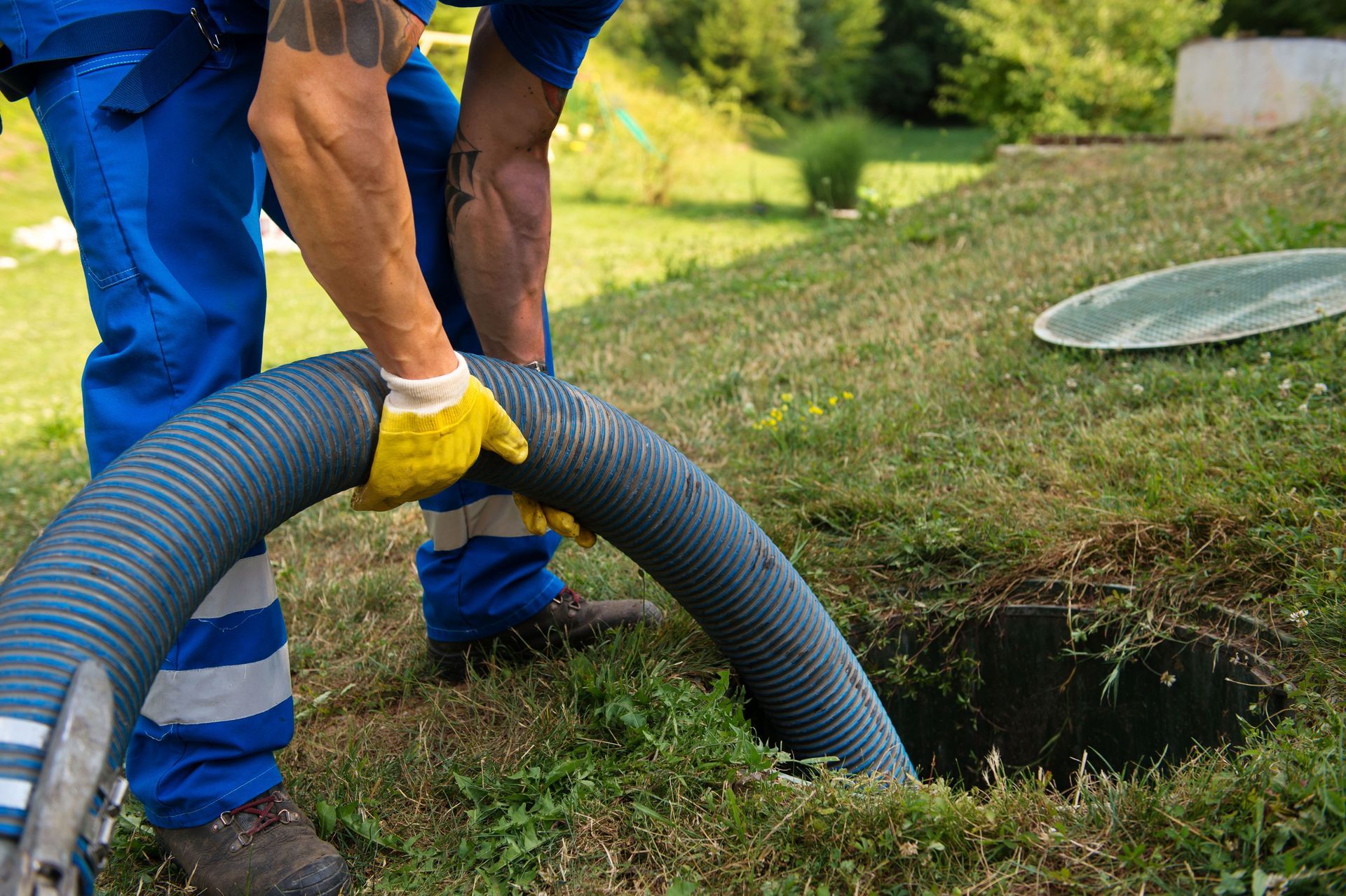
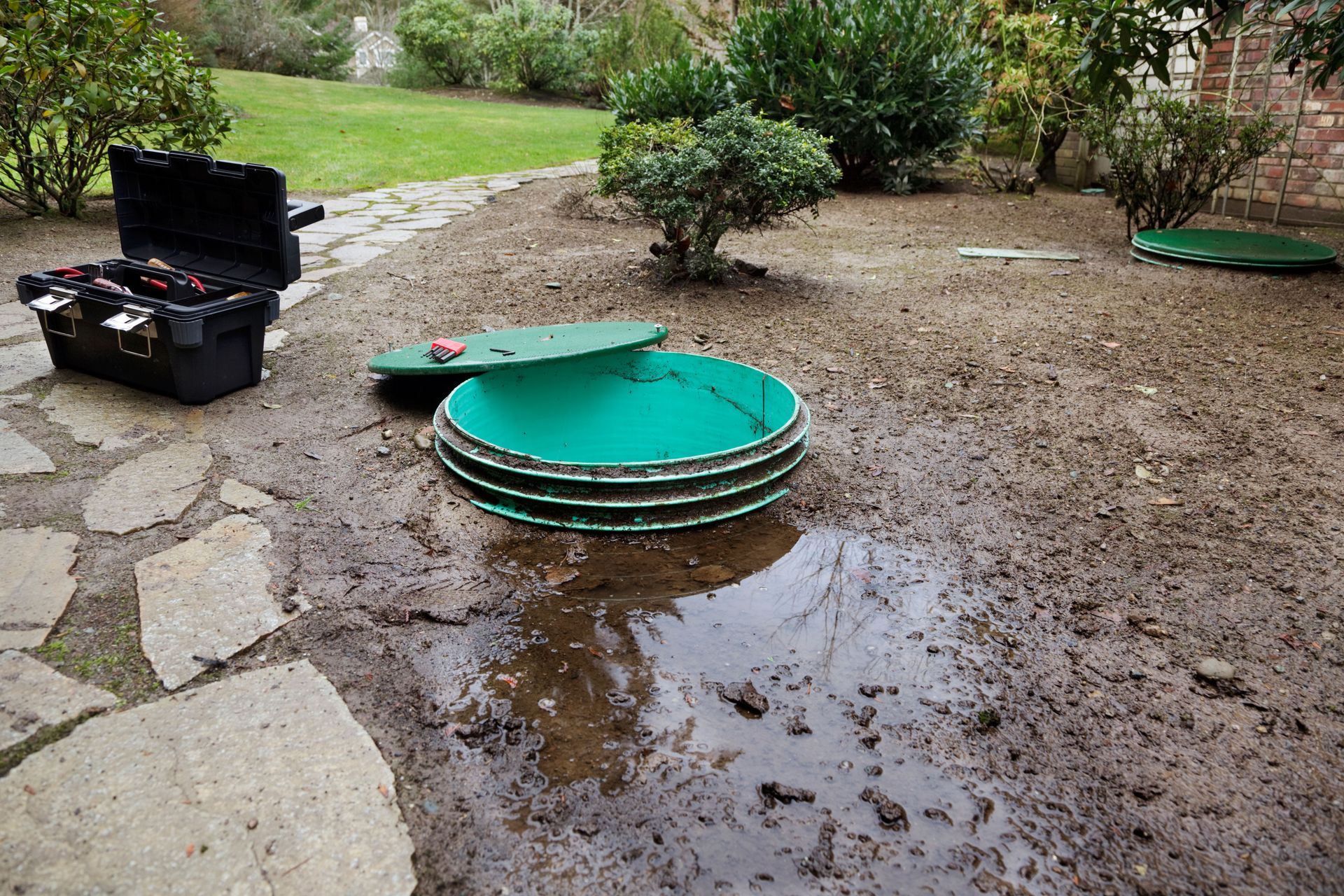
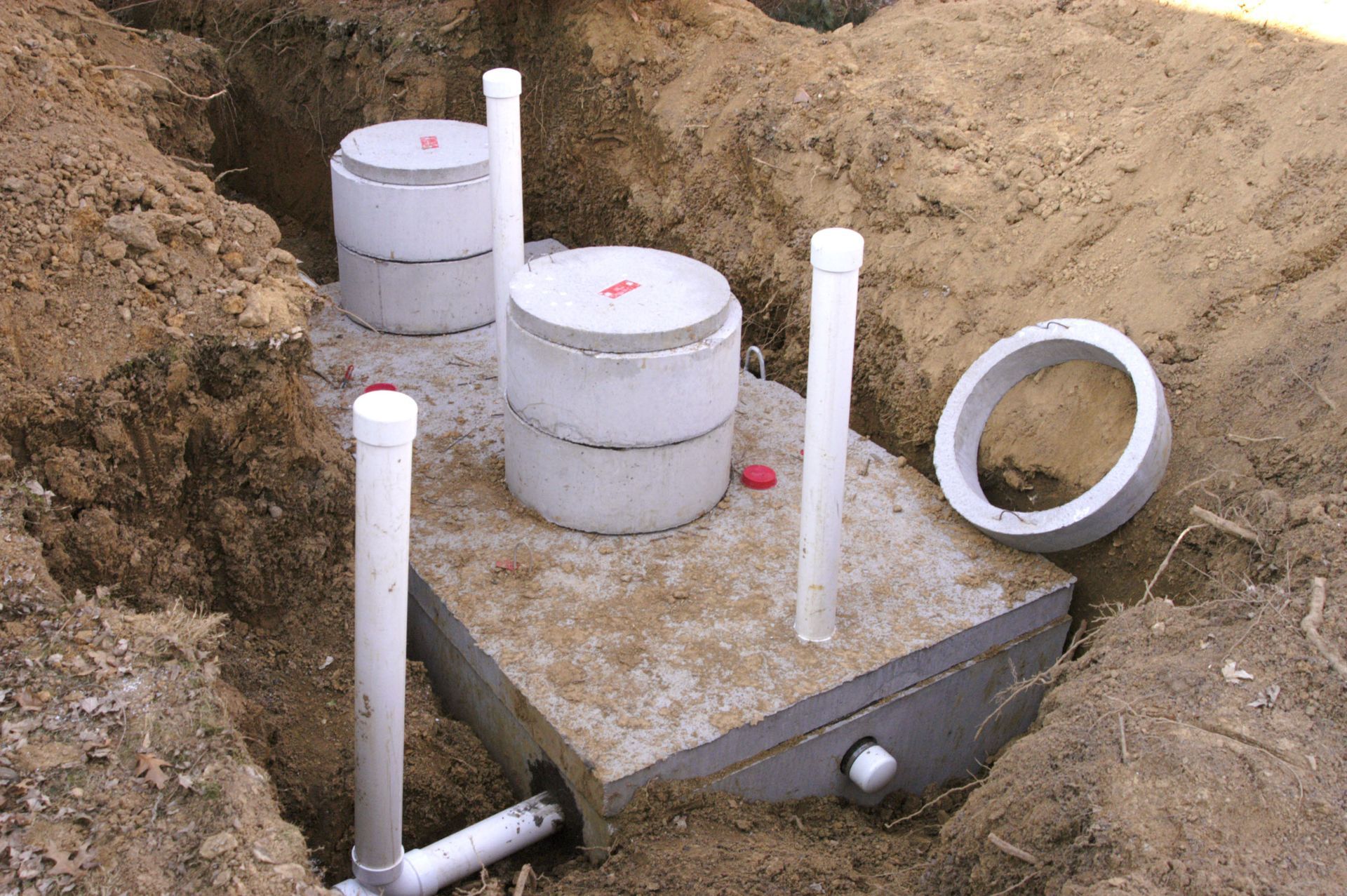
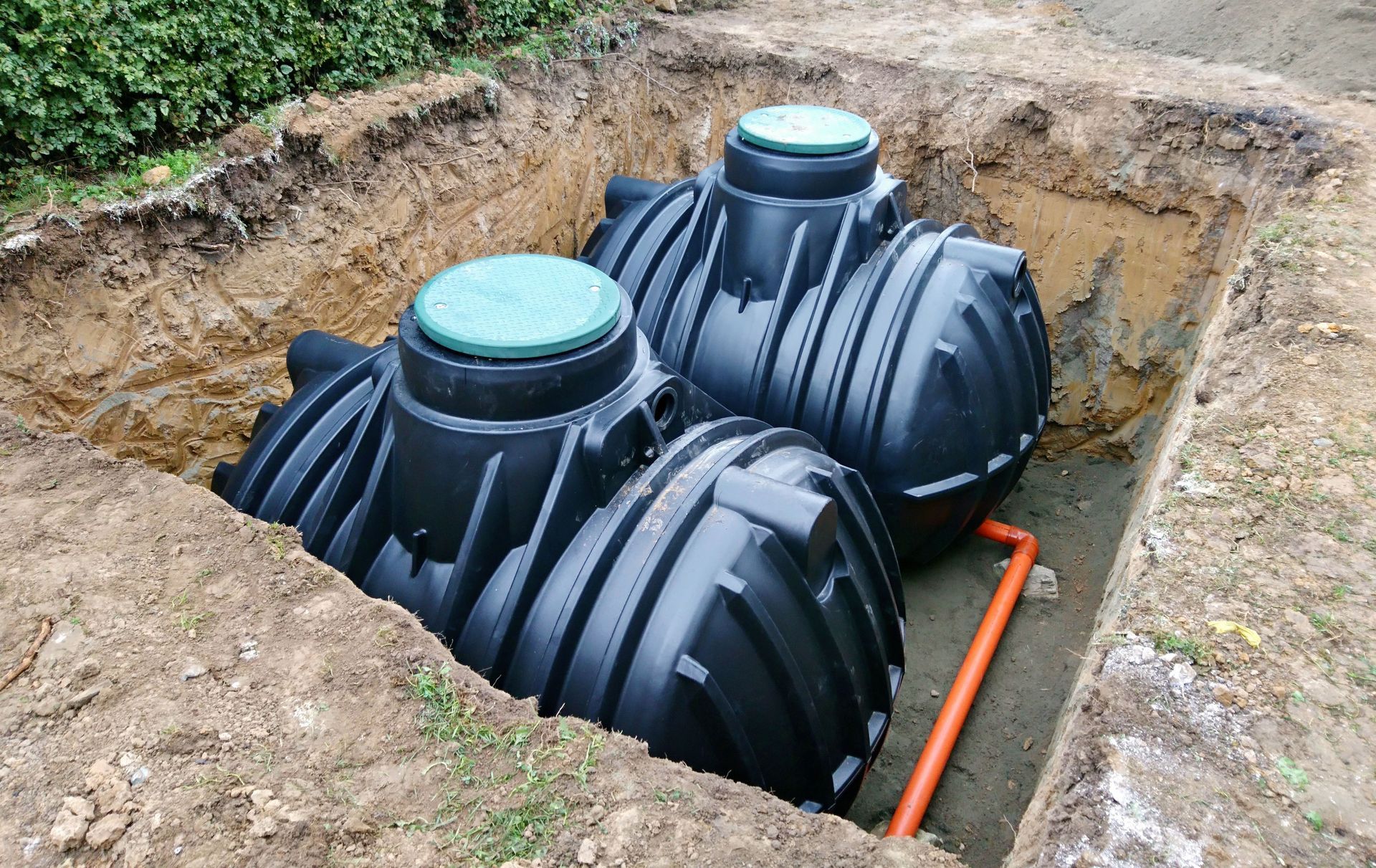
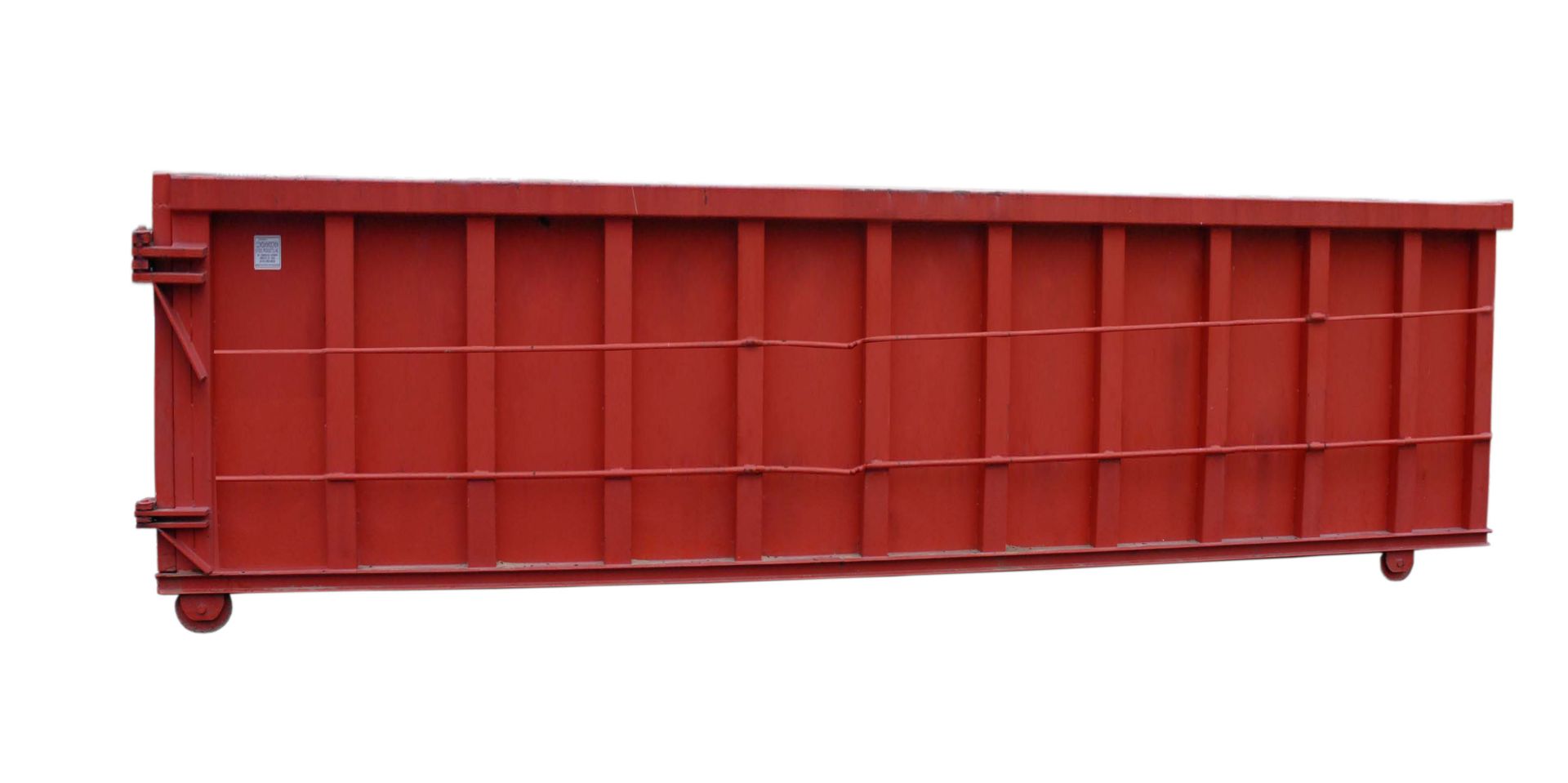

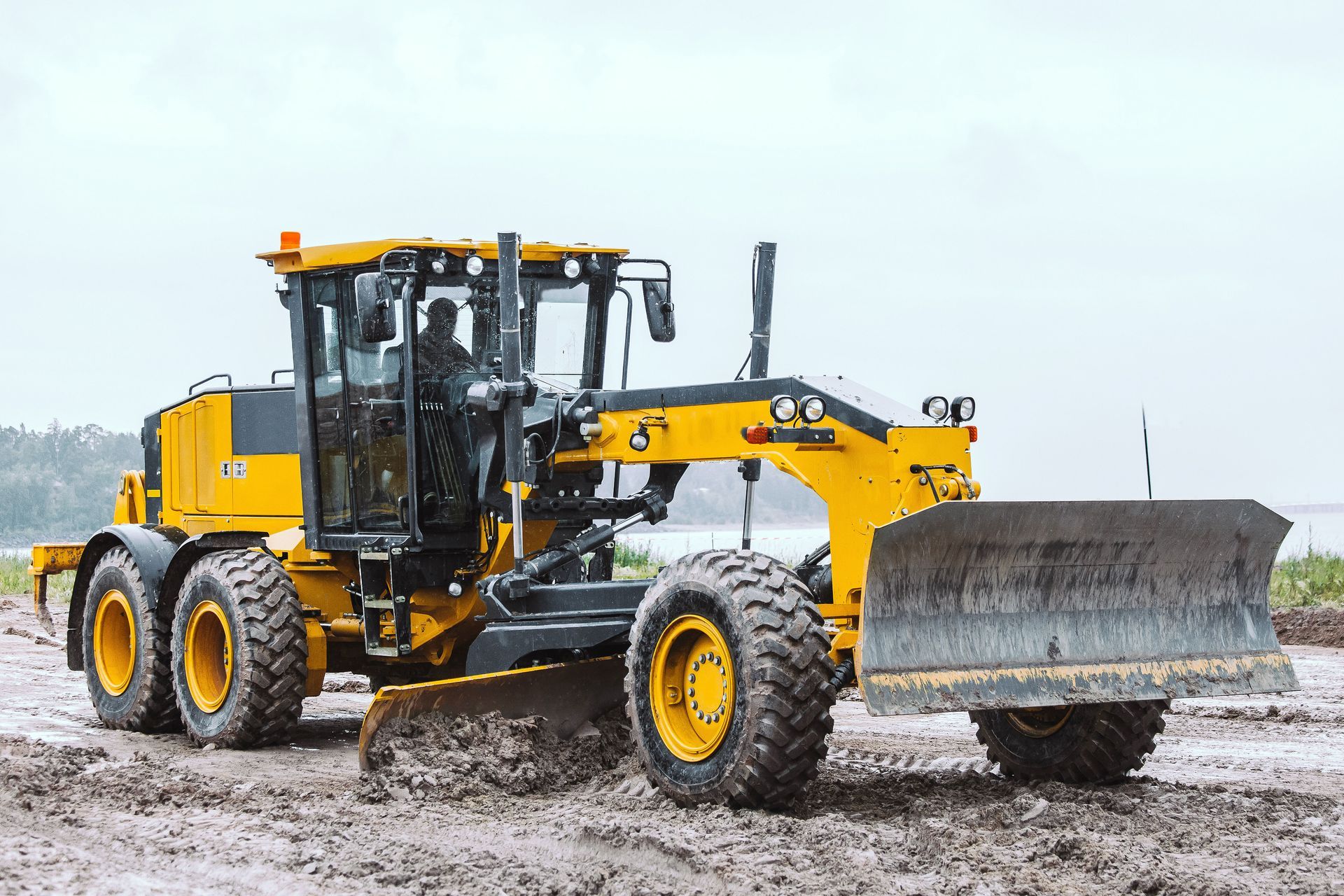
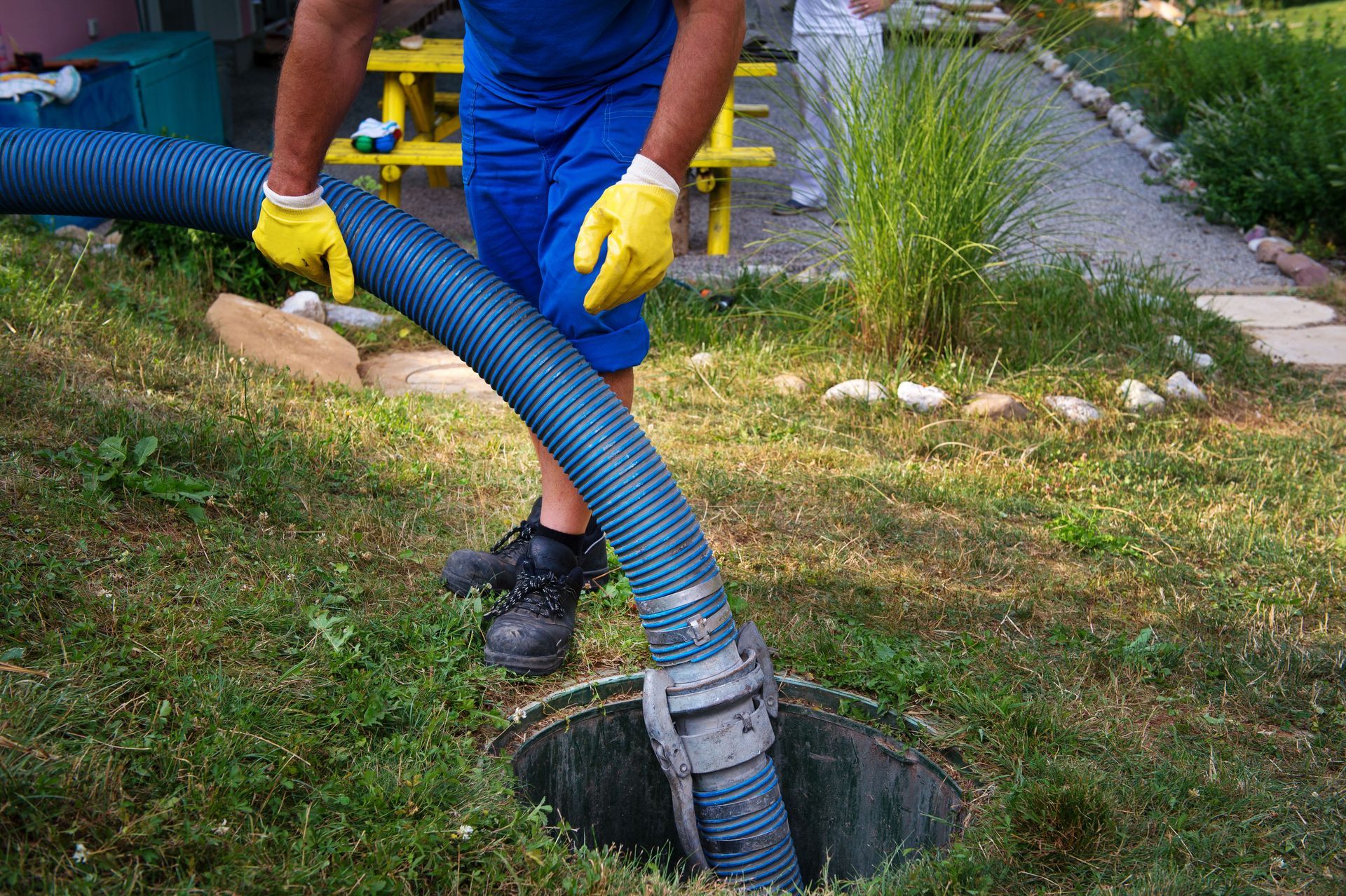
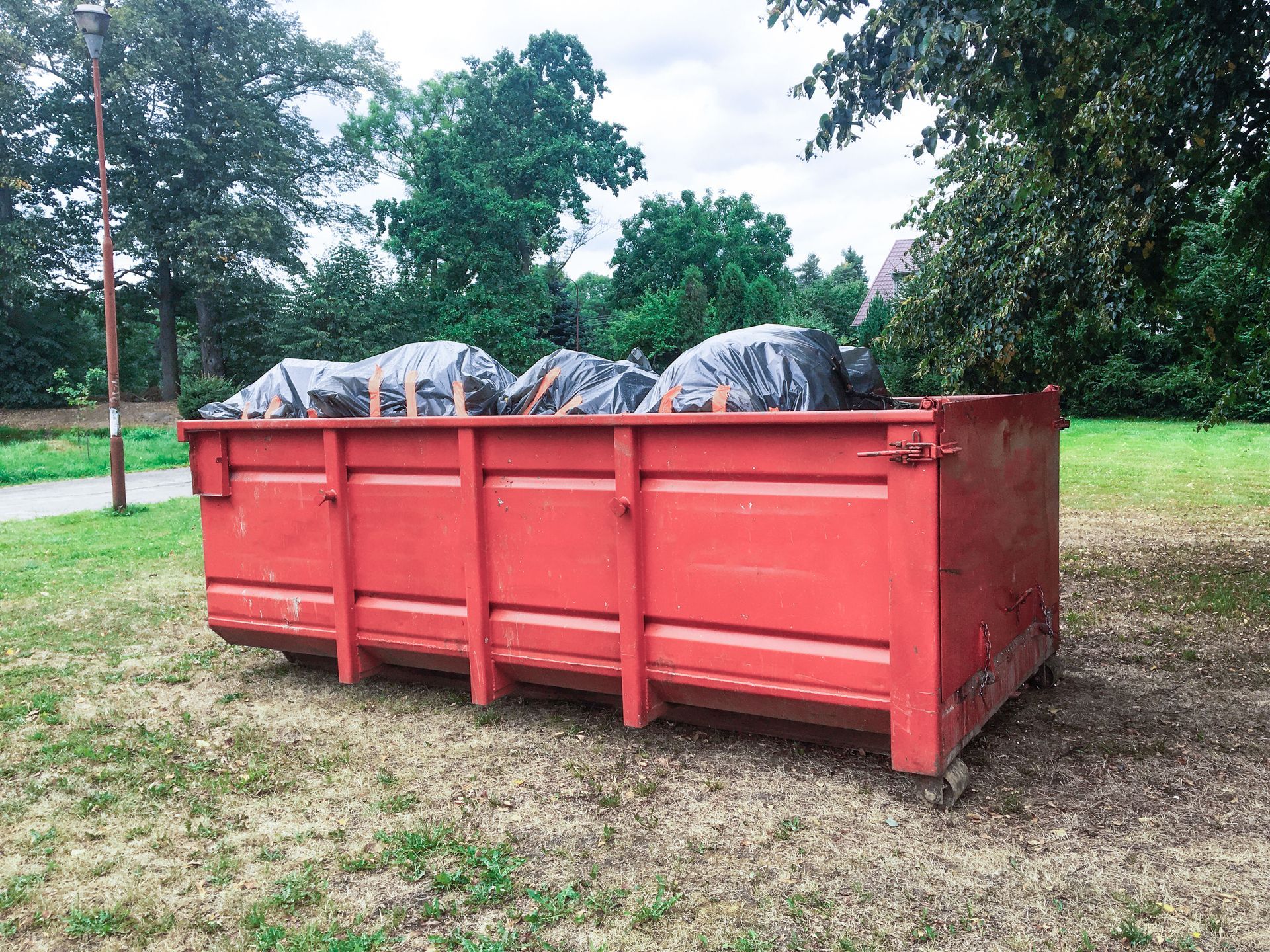
Share On: